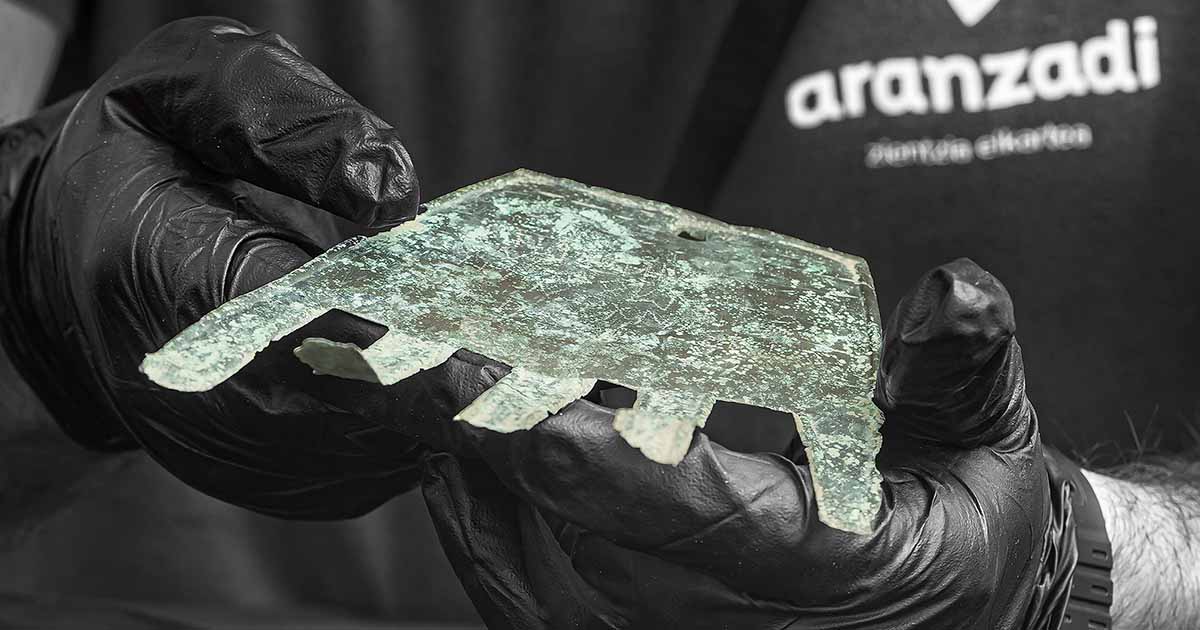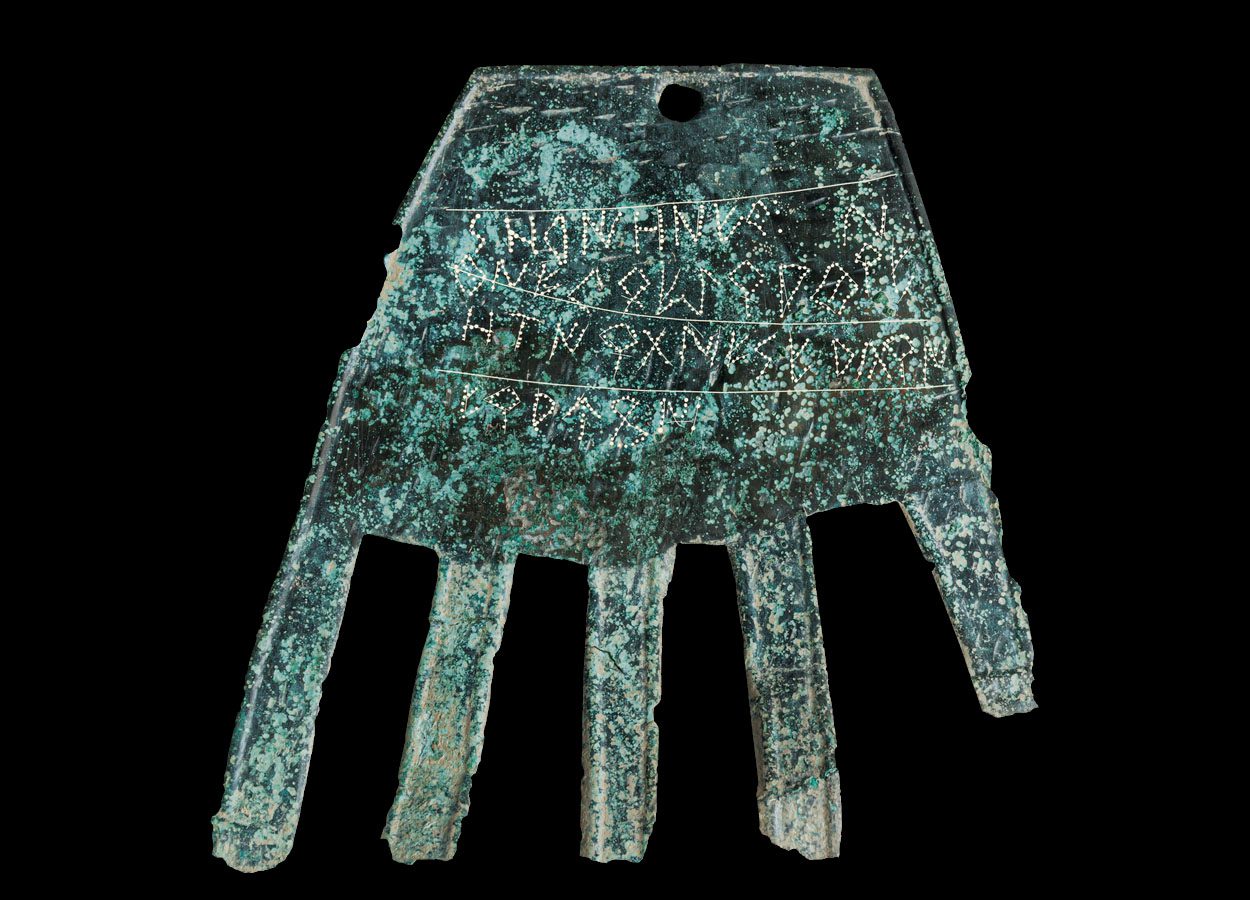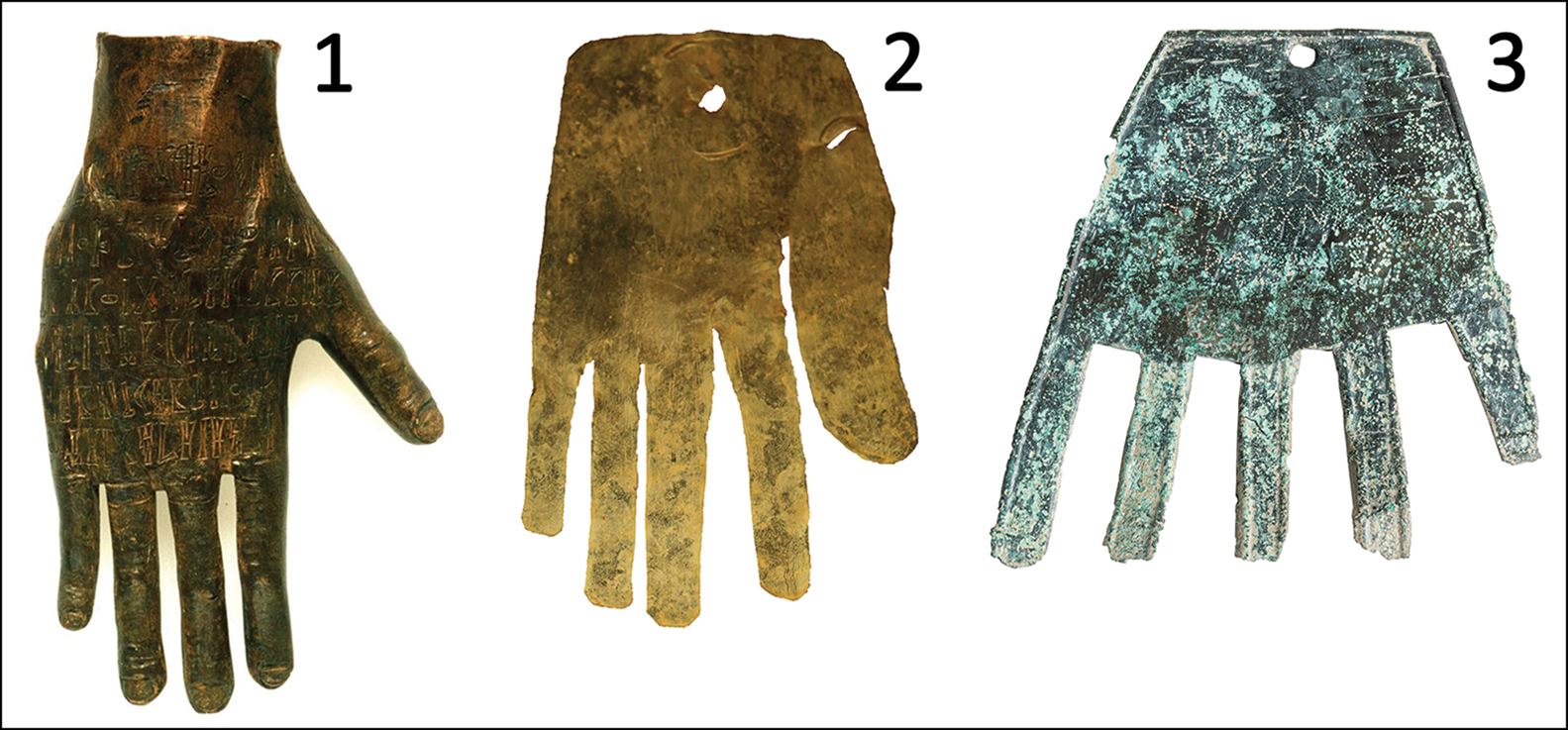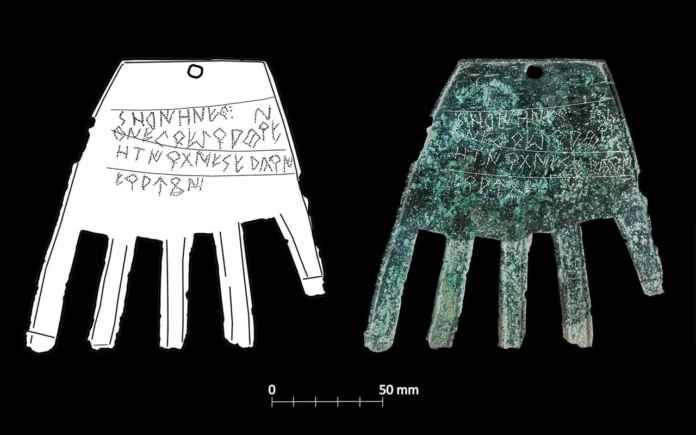A groundbreaking discovery in northeastern Spain has revealed an ancient language that may be related to modern Basque. Inscribed on a 2,100-year-old hand-shaped amulet, this language offers a rare glimpse into the linguistic heritage of pre-Roman Europe. Researchers believe the inscription is written in a Vasconic language, spoken in the region before the arrival of the Romans, making this find a significant contribution to our understanding of Europe’s ancient past.
A Rare Glimpse into an Ancient Language

An inscription carved into a 2,100-year-old hand-shaped amulet from northeastern Spain has been found to be related to Basque. This remarkable find, detailed in a recent study published in the journal Antiquity, represents the oldest and longest inscription ever discovered in a Vasconic language, a group that includes modern Basque. Previously, known ancient Vasconic texts were limited to a few words on coins from the region.
Archaeologists discovered the amulet in 2021 at the Iron Age site of Irulegi in Spain’s Navarre region. The first word of the inscription, “sorioneku” or “sorioneke,” bears a striking resemblance to the modern Basque word “zorioneko,” which means “good fortune.” This similarity led researchers to believe that the amulet served as a good luck charm, possibly hung outside a building to attract good fortune. “The hand would’ve had a ritual function, either to attract good luck or as an offering to an indigenous god or goddess of fortune,” explained Mattin Aiestaran, an archaeologist at the University of the Basque Country in Bilbao.
While only the first word has been fully deciphered, researchers have identified at least five words written with 18 characters on the “palm” of the hand.
The Context of the Discovery

The settlement at Irulegi existed from the first millennium B.C. until the first century B.C., when it was likely destroyed during the Sertorian War between rival factions of Romans from 80 to 72 B.C. The use of Latin characters in the inscription indicates the presence of Romans in the area at the time the amulet was made.
The Enigma of the Basque Language
Basque is the only surviving Vasconic language, and its origins are shrouded in mystery. Linguists believe it derived from ancient Vasconic languages spoken in the northeast of the Iberian Peninsula. Unlike most modern European languages, which belong to the Indo-European family, Basque is considered a language “isolate,” meaning it has no known relatives. It is, however, similar to the now-extinct Aquitanian language spoken in northeastern Spain and southwestern France before the Roman conquest.

The Vasconic substrate hypothesis suggests that Vasconic languages influenced place names across Western Europe and that some Vasconic words are present in several Western European languages. This hypothesis proposes that Vasconic languages were widespread before the arrival of Indo-European languages. However, this idea has been contested by many linguists, who argue that similarities between Vasconic and Indo-European languages are due to the adoption of Indo-European words into Vasconic languages.
A New Window on the Past

The inscription from Irulegi provides a valuable piece of evidence for the linguistic map connecting ancient Vasconic languages, other ancient languages of the Iberian Peninsula, and modern Basque. Linguist Peter Trudgill, an expert in sociolinguistics, described the study as “very convincingly argued and exciting.” He noted that the inscription offers a “true window on the past,” adding, “We know so little about Vasconic languages and peoples that this is genuinely a very valuable contribution.”
Roslyn Frank, a professor emeritus at the University of Iowa and a specialist in Basque, also welcomed the study. She emphasized the importance of paying more attention to the Basque language and culture, which she described as a “doorway to Europe’s past.”
Conclusion
The discovery of the 2,100-year-old hand-shaped amulet with its Vasconic inscription is a significant milestone in the study of ancient European languages. It not only sheds light on the linguistic heritage of the Basque people but also provides a new perspective on the cultural and historical landscape of pre-Roman Europe. As researchers continue to study this fascinating artifact, it promises to deepen our understanding of the connections between ancient and modern languages in the region.
